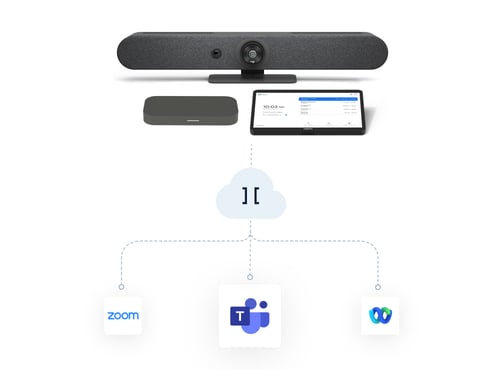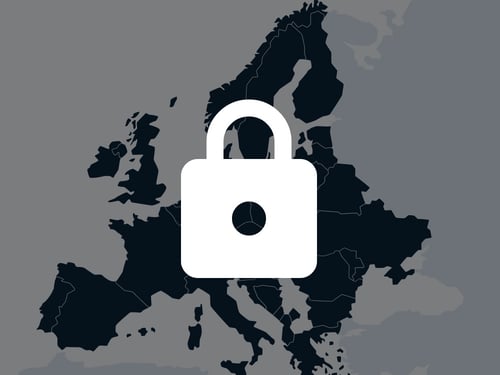We live in a day and age in which cyber threats are intensifying, which means that the safeguarding of critical infrastructure has become paramount for EU and NATO member states. Across the public sector, and especially for operators of critical infrastructure, chances are that these organizations acutely aware that resilient video conferencing solutions are not just nice to have—it has become an essential part of your secure communication toolbox.
Critical infrastructure and resilience
When we talk about critical infrastructure, we're referring to the foundational sectors that keep our society functioning: government, energy, defense, communications, transportation, public safety, healthcare, water, and food supply, as some examples. These sectors must remain operational even in the face of external threats. Resilience in this context is all about the ability to withstand and recover from cyber-attacks, ensuring uninterrupted service and the continued functioning of society.
Communication solutions, particularly video conferencing, are vital part of the operation of our critical infrastructure. This has long been the case. We can venture back to Article 3 of the NATO treaty from 1949, which underscored the importance of resilient communication systems. This has only grown more important in modern times. The rapid advancement of cyber threats, coupled with our increasing reliance on video communication, means that our video conferencing solutions must be robust against cyber threats. So, how do we ensure that?
Zero trust: when perimeter-based protection is no longer enough
Traditional perimeter-based protection, relying on firewalls to keep threats out, is no longer sufficient. Modern cyber-attacks often bypass these defenses, making it strongly advisable to adopt a zero trust approach. Zero trust operates on the principle that breaches are inevitable and that every request, regardless of origin, must be verified continuously.
In practical terms, this means implementing attribute-based access control (ABAC) to ensure that only verified participants can access video conferences and continue to participate in the meeting. ABAC allows us to define and check variables such as device, browser, IP address range, and clearance level, providing a robust framework to counter threats such as deepfake infiltrations and unauthorized access.
Modularization: enhance your resilience and digital sovereignty
Resilience is further strengthened through modularization. Instead of monolithic systems, which can be vulnerable if any component fails, modular systems allow for the seamless replacement of compromised components. This flexibility is crucial for maintaining digital sovereignty and resilient continuity. This requires a video conferencing solution that is infrastructure agnostic, meaning that it offers the ability to run as a module on various infrastructures, including Azure, AWS, or Google, ensuring that if one system is compromised, operations can continue on another.
Reliability: the cornerstone of critical processes
For a video conferencing solution to be reliable, it must guarantee continuity under all circumstances. This is a non-negotiable aspect for any critical infrastructure. Reliability can be gained by selecting a video conferencing supplier that prioritizes a testing-first architecture. This means that extensive automated testing is conducted with every code change to ensure the software remains reliable against potential threats.
What to consider as you prepare for a tender
As you prepare for the tender phase in procuring a new video conferencing solution, consider the following critical requirements:
- Zero trust implementation: Ensure the solution incorporates zero trust principles with attribute-based access control.
- Modular architecture: Look for a solution that can run as a module on various infrastructures, allowing for component exchangeability and preventing lock-in.
- Reliability: Choose a solution with a proven testing-first approach to guarantee robust operations.
Securing critical infrastructure through resilient video conferencing solutions is not just a technical necessity but a strategic imperative. By embracing zero trust, modularization, and rigorous reliability standards, we can protect our critical sectors from escalating cyber threats and ensure the ability to continuously communicate no matter the situation.
Learn more about how Pexip’s video conferencing solutions can offer enhanced security and resilience for your organization’s communication.





